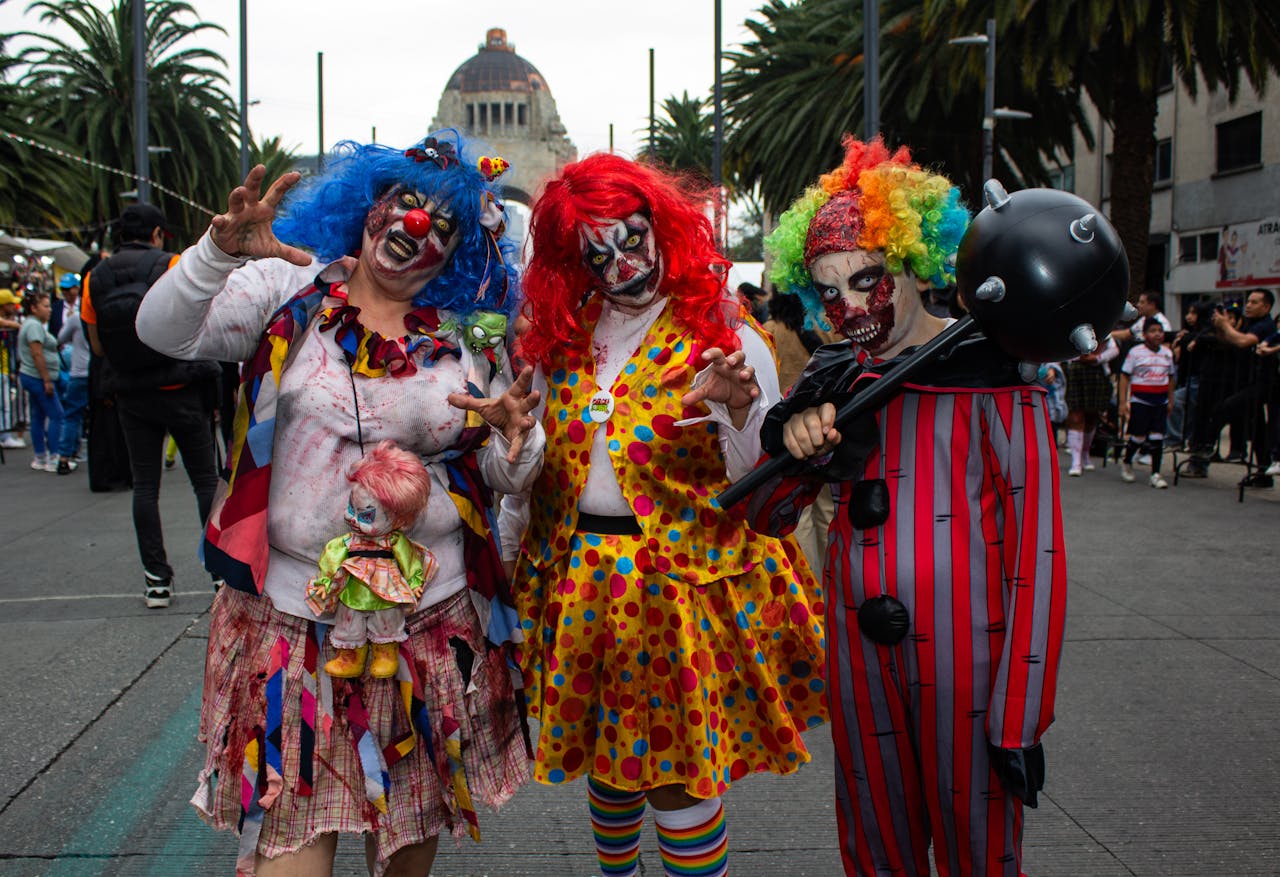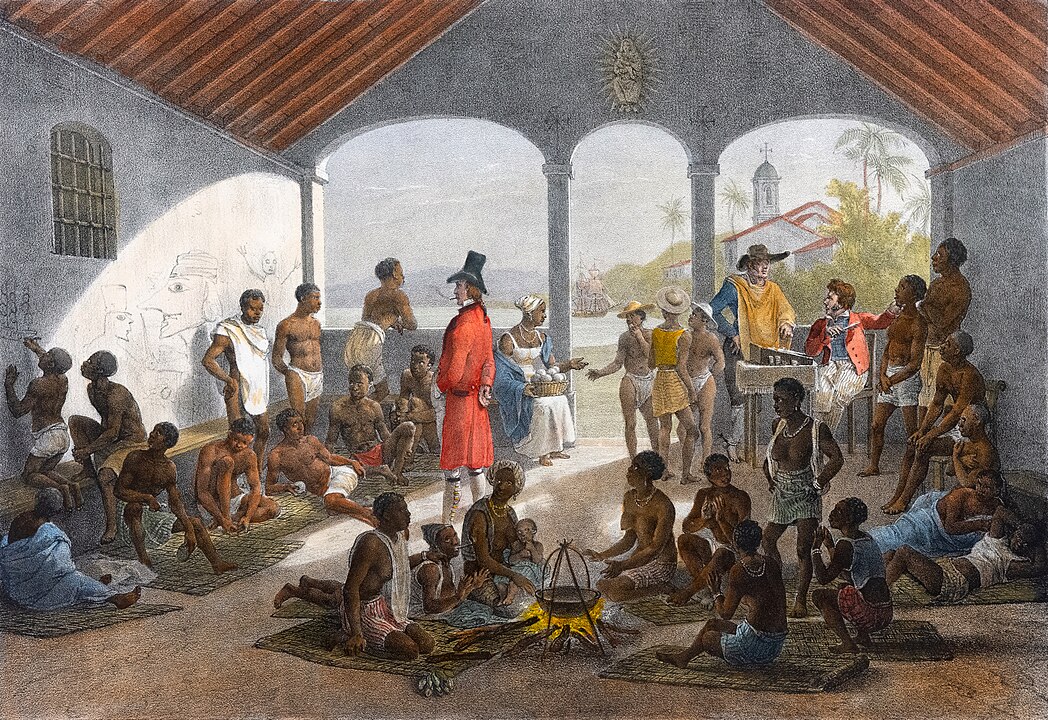Some places are built for jump scares. Others carry scars. The trouble starts when we mix the two and call it entertainment. Haunted hayrides and corn mazes are fair game; everyone knows they’re pretend. But step into a former prison block where real people suffered, or a house linked to unsolved violence, and the mood shifts. The walls remember. The question isn’t whether we should visit. It’s how to do it without turning history into a prop.
Here’s the thing: audiences are hungry for a good thrill, and heritage sites need visitors and revenue. That tension has created a new middle ground where Halloween shows up with stricter rules. The best operators are moving from blood-spattered spectacle to thoughtful immersion. They keep the chills, but they also build context, encourage empathy, and draw a clear line between fiction and the events that actually happened inside those rooms. When they get it right, people leave rattled and informed.
The Line Between Spectacle And Memory

A scare works because it speeds the pulse and clears the mind. Memory asks for the opposite: space, nuance, and time to think. When a historic site leans too hard on special effects, it risks flattening complicated lives into a single jolt. That’s easy money and bad history. The goal is not to sterilize the past, but to treat real suffering as something more than set dressing.
Ethicists who study fascination with death and disaster keep returning to a few simple tests. Is the horror here imagined or real? How recent was the harm? Are visitors learning something, or just chasing adrenaline? Attractions that pass those checks can still unsettle people, but they do it with intention. They ask guests to consider who lived, worked, and died in these spaces, and what that means now.
Eastern State’s Pivot: From Terror To Teaching
For years, Philadelphia’s 19th-century prison leaned into pure fright. Crowds lined Fairmount Avenue for monsters and jump scares in a fortress that once promised reform through isolation. It looked like a castle, which made the spectacle easy to sell. The problem was obvious: the real history was harsher than any makeup or timed scream.
Post-pandemic, the venue rebuilt Halloween with purpose. Costumes shifted to zombies and vampires, not prisoners or guards. The yard added music, food, and open fires. The vibe turned festival-like, but the content did not duck reality. Exhibits explained the old regime of solitude with labor, meals through door slots, and shafts of light from cell skylights.
A review board now vets sets, scripts, and wardrobe. If something truly happened on site, it isn’t used for play. That guardrail keeps the make-believe from cannibalizing the record, while still letting people come for a seasonal night and leave with context.
Leadership also reframed the mission. The nonprofit already interprets criminal justice past and present; the October program is an extension of that work. Staff talk openly about the tension pain and beauty, fascination and trauma and listen to feedback from people affected by incarceration. They don’t claim perfection. They do commit to course-correcting in public.
What Dark Tourism Demands Of Us
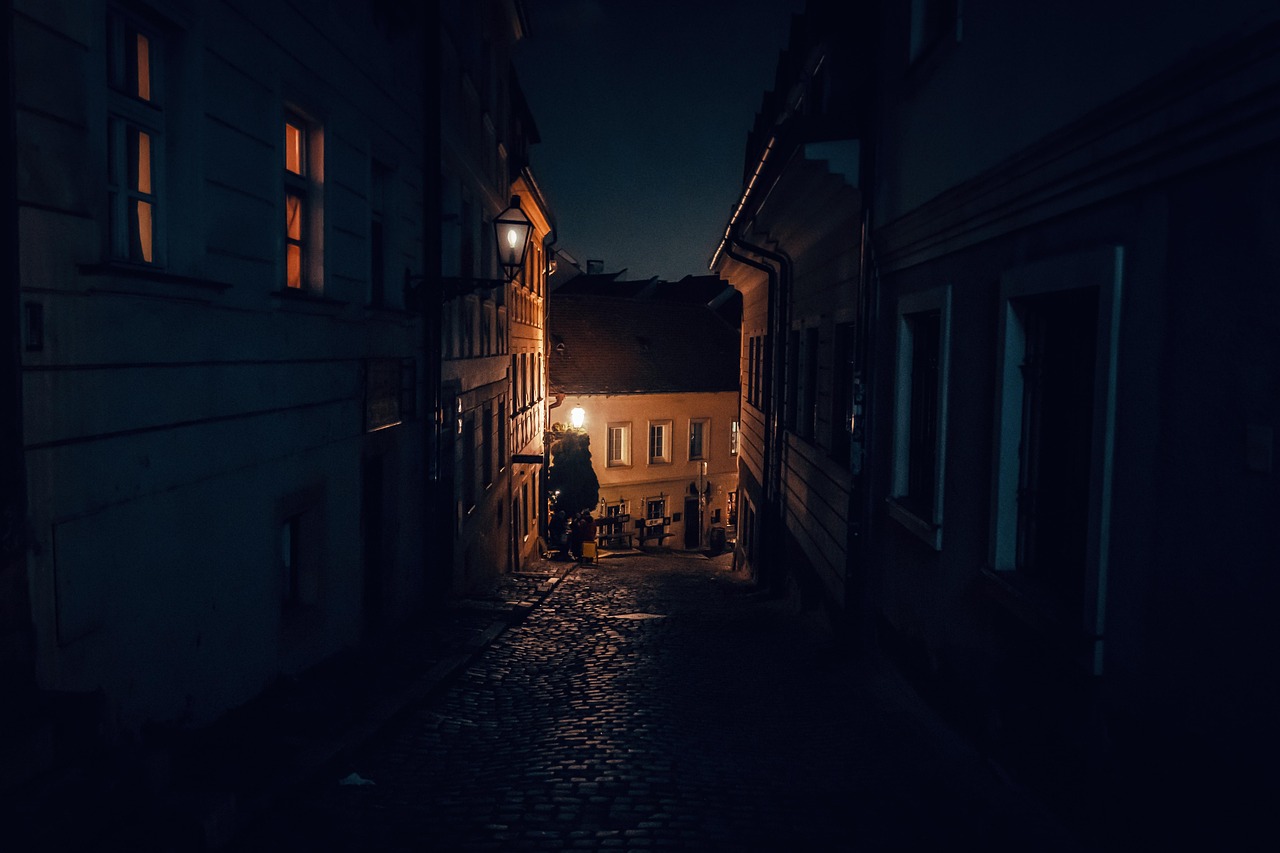
“Dark tourism” is an uncomfortable label for a wide field: battlefields, disaster zones, prisons, hospitals, homes tied to infamous crimes. Not all of it is ghoulish, and not all of it is wise. The difference rests in design and intent. Do guides invite cheap laughs at the expense of the dead, or do they tell difficult stories clearly, without turning victims into characters?
Shorter test number one: does the attraction foster empathy? If guests leave with sharper questions about justice, grief, medicine, or power, it’s working.
The Lizzie Borden House Rewrites The Script
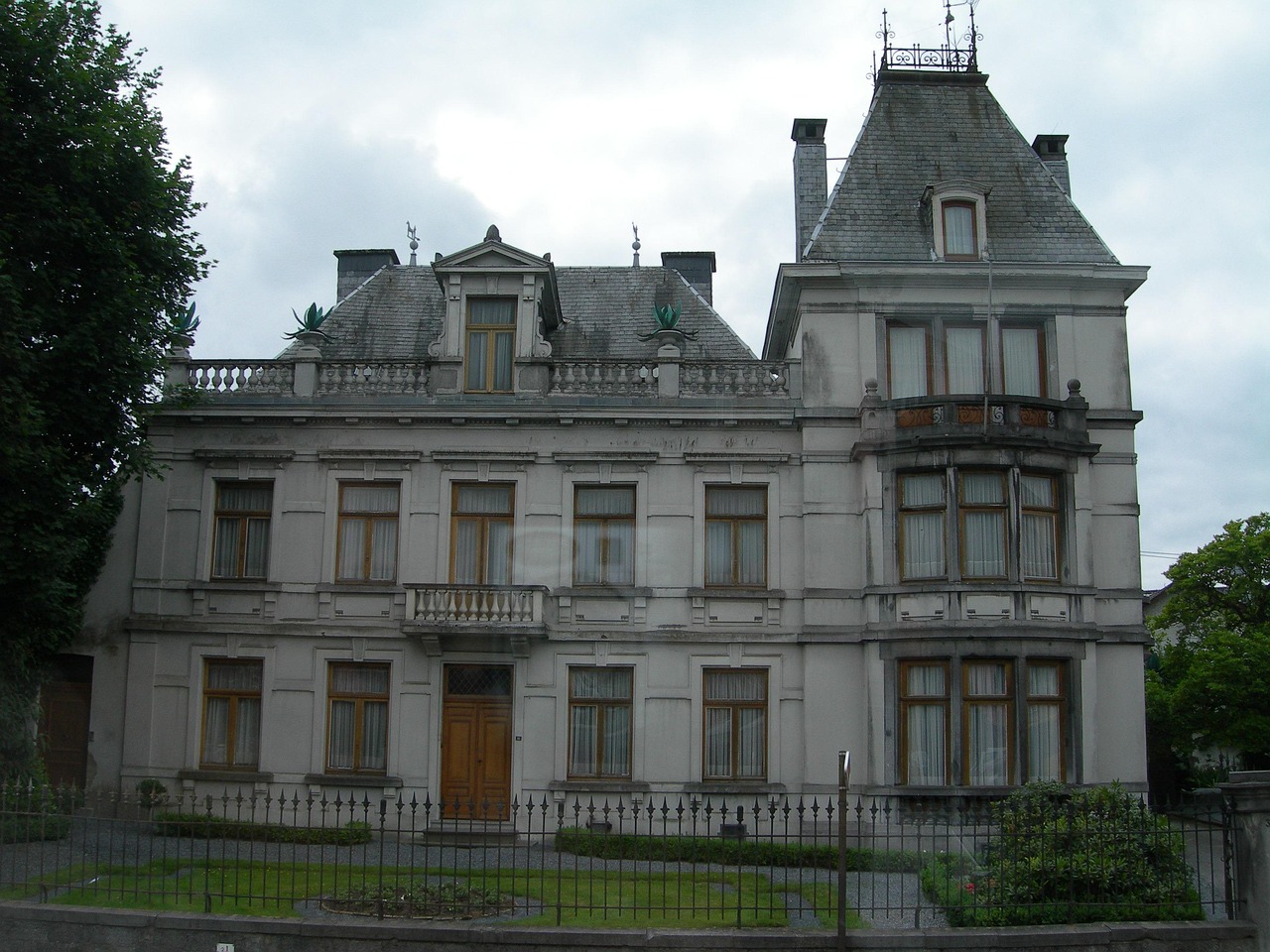
In Fall River, the house tied to the 1892 murders draws visitors year-round. It could lean into camp. Instead, the operators position it as a historic home with a narrow mandate: teach the case, the period, and the culture that framed it. That includes how Gilded Age families lived, how women were judged, and how courts handled notoriety. The lore is part of the draw, but it isn’t the engine.
Tours avoid reducing the victims to plot devices. Guests hear about daily routines, room layouts, and the press circus that followed. They also learn how myths grow, and why uncertainty can be more honest than tidy answers.
The same company runs ghost tours in other cities, including places like Gettysburg. There, the stage is even trickier. You can acknowledge reports of hauntings without trivializing the battle. The solution is structure: lead with history, give space to the dead, and treat any paranormal stories as folklore, not proof.
This balance doesn’t please everyone. True-crime fans want chills. Historians want citations. Locals want peace. Setting expectations upfront helps. So does repeating the core promise: real people lived here; the story comes first.
A Medical Museum’s Reckoning
Across town from the old prison, a medical museum faced its own hard audit. Its collection included human remains gathered across centuries, often without consent. That’s not just an optics issue; it’s an ethical one. Rather than press ahead with spooky branding, the institution paused, listened, and launched a project to examine what should stay on view and why.
The reset didn’t end public events forever. It reshaped them. Concerts, fundraisers, and even a medieval-themed dance returned with clearer framing and new guardrails. The museum asked for community input, emphasized provenance, and explained decisions about how to display sensitive material. Halloween wasn’t a free pass to ignore that work.
This is what institutional humility looks like in practice. Stop, research, invite critique, then reopen with changes you can defend. The takeaway for other venues is simple: stewardship beats spectacle, even when the calendar is full of easy ticket sales.
Guardrails That Actually Work
First, separate fiction from fact in plain language. Monsters can roam, but never in uniforms or roles tied to the site’s real abuses. That single rule prevents a thousand tone-deaf choices.
Second, build in learning without scolding. Put primary sources where people queue, pair scares with short interpretive stops, and train actors to answer basic history questions between sets. The night stays fun, but it also means something.
What Visitors Should Expect and Ask For
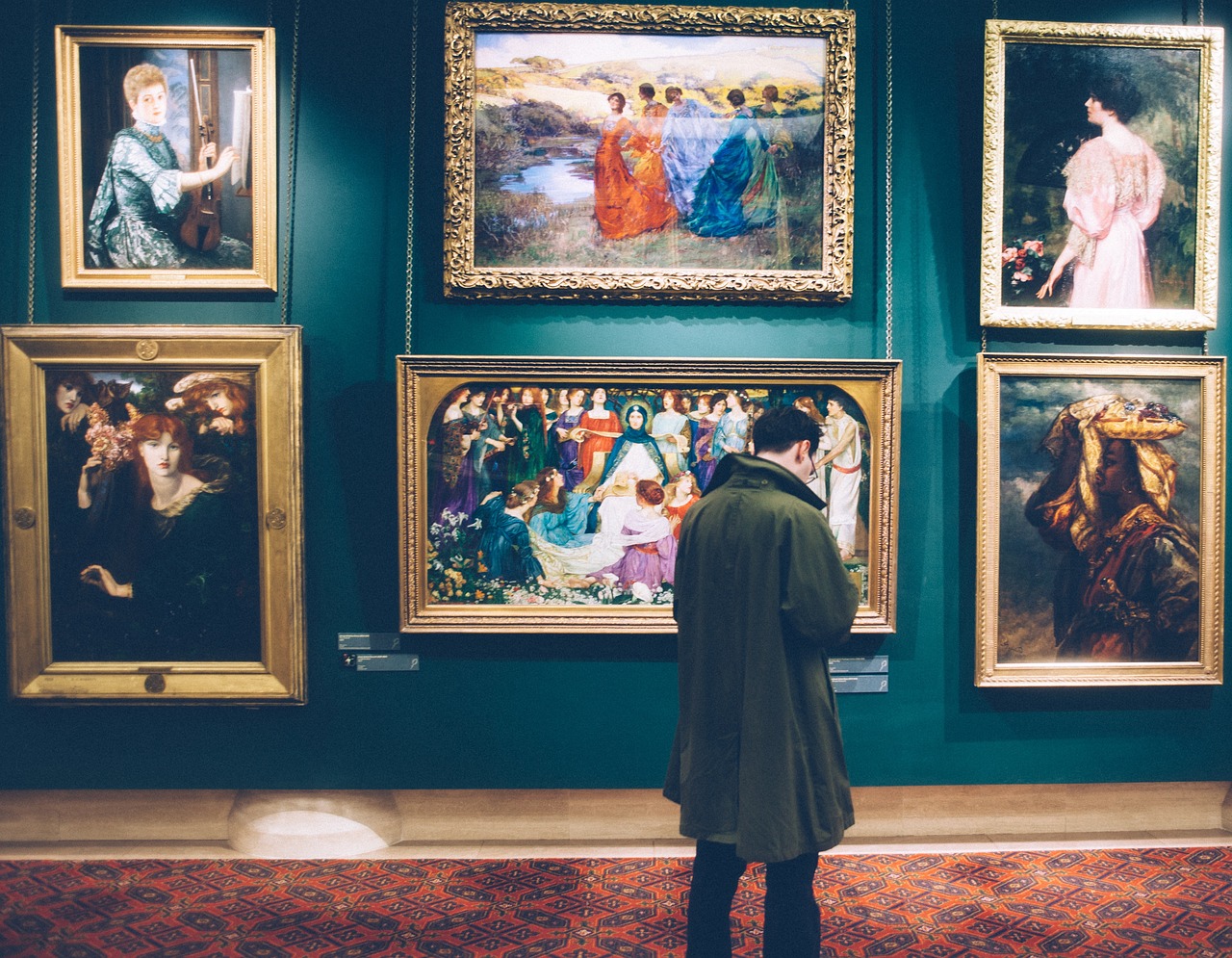
Guests can hold venues to a standard. Look for posted values, staff training, and a mechanism to review content. If you see props that mimic true suffering from that place, speak up. Sites that aim to do this well will listen, document, and adjust rather than wave you off.
You can also choose with your wallet. Pick programs that name their limits. Choose tours that cite sources. Reward places that treat the dead as neighbors, not effects. Leave reviews that praise care, not only scares.
Why This Matters After October
These sites are classrooms disguised as stages. They can help us think about punishment, disease, war, and media frenzy without numbing out. That’s a big promise. It’s also fragile. One sloppy gag can sour a whole season and make communities feel used.
Handled well, Halloween becomes a doorway. People come for the shiver, stay for the history, and leave with a larger sense of who we owe in places that hold pain. That trade is worth defending, even when it costs a few easy screams.
Sources
These links provide context and official information about the places and ideas discussed above. They also reflect policy shifts, program design, and public ethics work.
